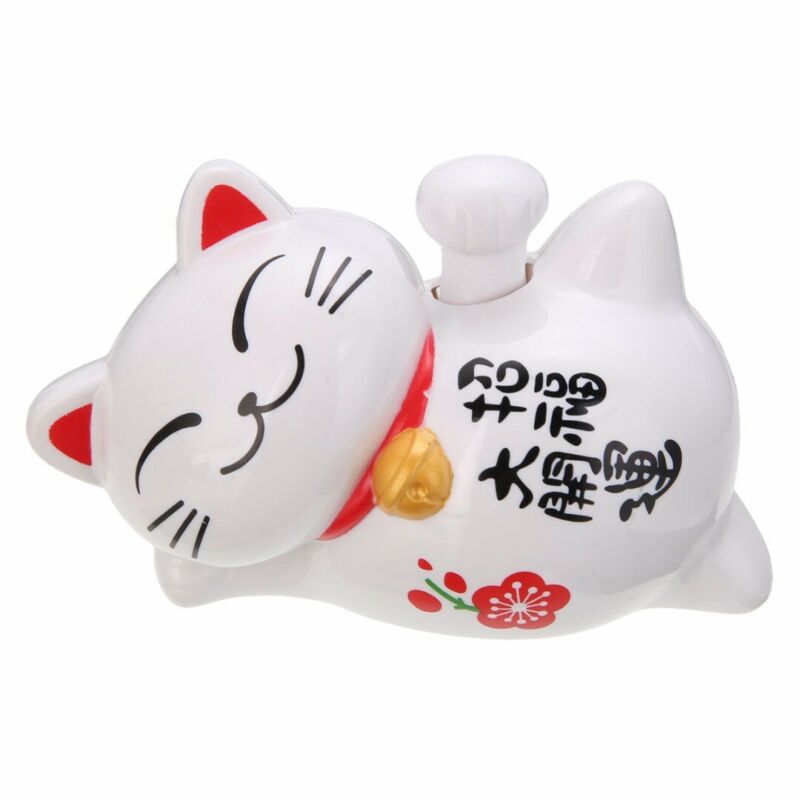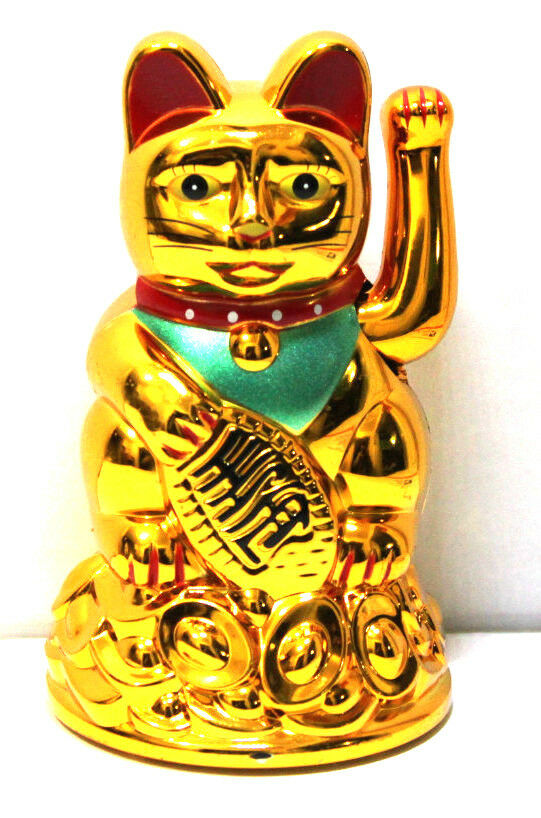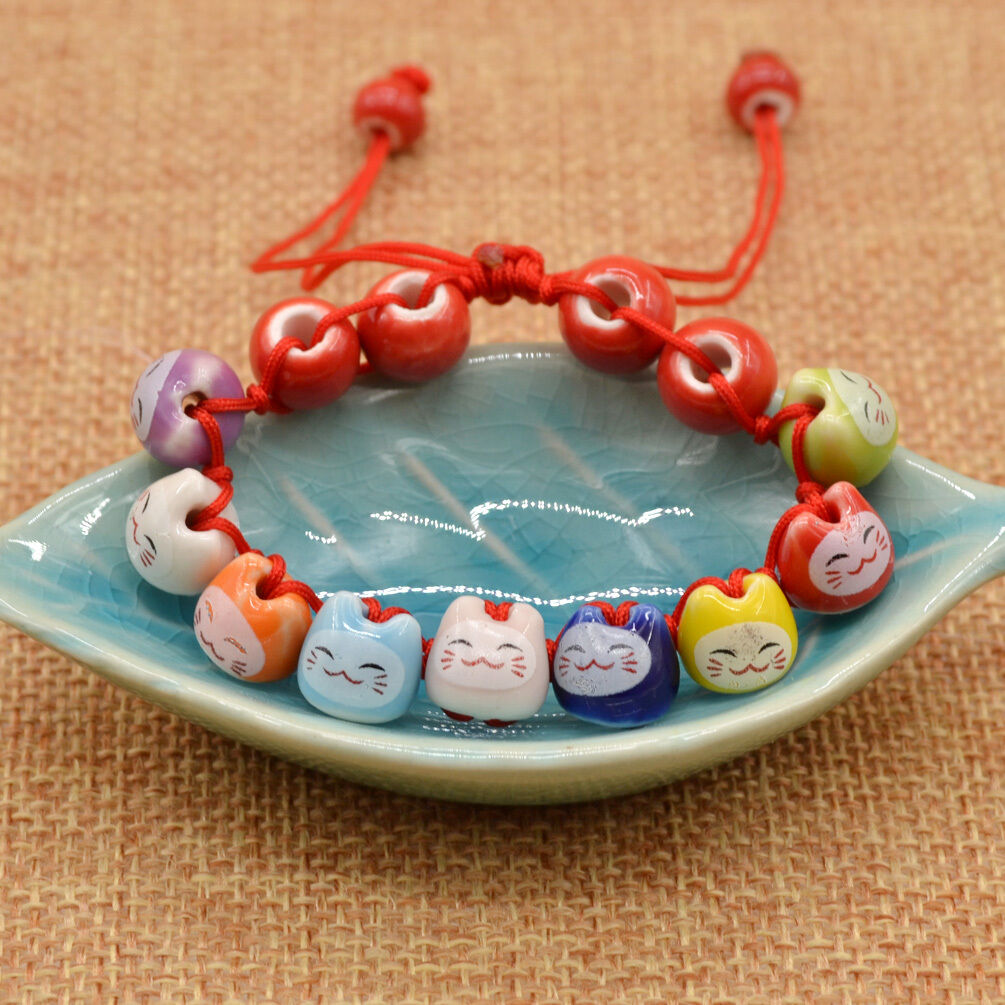-40%
Statuette made of porcelain Maneki-neko
$ 9.5
- Description
- Size Guide
Description
Processing times for purchases.We need 1-2 business days to ship the package. All goods are packed securely to arrive at the recipient in perfect condition. Parcels are shipped by air with tracking numbers. We control the movement of each package.
Package as a gift.
If you are making a purchase as a gift to a friend, just write us his address and we will also add gift wrapping.
Combined shipping.
If you want to buy two or more lots, we are happy to offer combined shipping. Just write what items you would like to purchase and we will calculate the combined shipping cost for you. Typically, shipping for the second item costs $ 2-3.
Customer support.
If you have any questions, just write to us, we are always ready to solve any issue.
Material
- porcelain
Country of manufacture
- Russia
Year of manufacture
- 2021
Condition
- new, no damage
Dimensions
- 65*60*60 mm
Expiration date
- unlimited
How to use
- put it in a prominent place, look at it more often and smile))
Maneki-neko (Japanese 招 き 猫, literally "Inviting cat", "Alluring cat", "Calling cat"; also known as "Happiness cat", "Money cat" or "Fortune cat") is a common Japanese figurine, often made from porcelain or pottery, which is believed to bring good luck to its wearer. The sculpture depicts a cat with its paw raised vertically, and is usually exhibited in shop windows, restaurants, pachinko rooms, warehouses and other places. A cat that lifted its right paw attracts money, luck, and that raised its left paw attracts customers. There are also "maneki-neko" with two raised paws. Some maneki-neko hold with their paws an oval gold coin bearing the denomination of ten million ryos. In the history of the Gotokuji temple, it is said that in 1615 the abbot of the temple gave shelter to a stray cat. The temple was in a deplorable state, but there was no money for repairs and decent maintenance. Once the abbot lamented: “Kitty, I don’t blame you for not helping, after all, you’re just a cat. Now, if you were human, then you could do something for us. " Soon after, the daimyo (prince) of the Hikone principality Ii Naotaka (1590-1659), who was returning with glory from a military campaign, passed by the temple. Suddenly there was a heavy downpour, it was dark, and the prince took refuge under a huge tree. The prince would not have noticed the temple gates if it had not been for the cat sitting with them, beckoning him with its paw. As soon as the prince approached the cat, lightning struck the tree, blowing it to pieces. The abbot met the prince in the church. The wise monk and what happened impressed the prince, and he gave the means to restore the monastery, which then became the ancestral temple of the Iya family. The temple has survived to this day and holds a ceremony in early spring dedicated to its "cat benefactor", in connection with which maneki-neko are sold in one of the temple buildings.
About porcelain
.
Porcelain is a type of ceramic. Porcelain products are products obtained by sintering high-grade white clay (kaolin) with the addition of quartz, feldspar and other impurities. As a result of firing, the resulting material becomes waterproof, white, clear, translucent in a thin layer, without pores.
Porcelain differs from other types of ceramics in the composition and manufacturing process. The two simplest types of ceramics, faience and stone ceramics, are made using only natural clay, which is fired. In most cases, such products are coated with a glassy substance called glaze. Unlike faience and stone ceramics, porcelain is made from a mixture of two components - kaolin and Chinese stone (a variety of feldspar). Kaolin is pure white clay that forms when mineral feldspar is destroyed. Chinese stone is ground into powder and mixed with kaolin. This mixture is fired at a temperature of from 1250 ° C to 1450 ° C). At such high temperatures, Chinese stone is sintered and forms non-porous, natural glass. Kaolin, which is very resistant to heat, does not melt and allows the product to maintain its shape. The process ends when the Chinese stone is fused with kaolin.
A bit of history.
It is believed that porcelain was invented in China in the VI-VIII centuries AD, a thousand years before it began to be produced in Europe. For a long time, Chinese masters kept secret the technology of its production. However, after 500 years, China’s neighbors, Koreans, learned how to produce so-called “hard” porcelain, that is, white clay products subjected to high-temperature firing. Porcelain entered Central Asia through the Great Silk Road in the 9th century. Closer to the sixteenth century, Japan and then European manufacturers took possession of the secret of making china. In the USA, porcelain production began at the end of the 17th century.
Porcelain attracted the attention of Europeans as soon as regular trade relations were established with China. Initially, porcelain in Europe was exclusively imported, it was fabulously expensive and belonged only to noble and wealthy houses. Of course, attempts began to unravel the secret of porcelain manufacturing, which led European masters to success: at the beginning of the 18th century several large porcelain manufactories appeared in Europe, which launched the production of both mass and unique, custom-made porcelain products and services. In Russia, the porcelain fashion is considered introduced by Peter 1.














